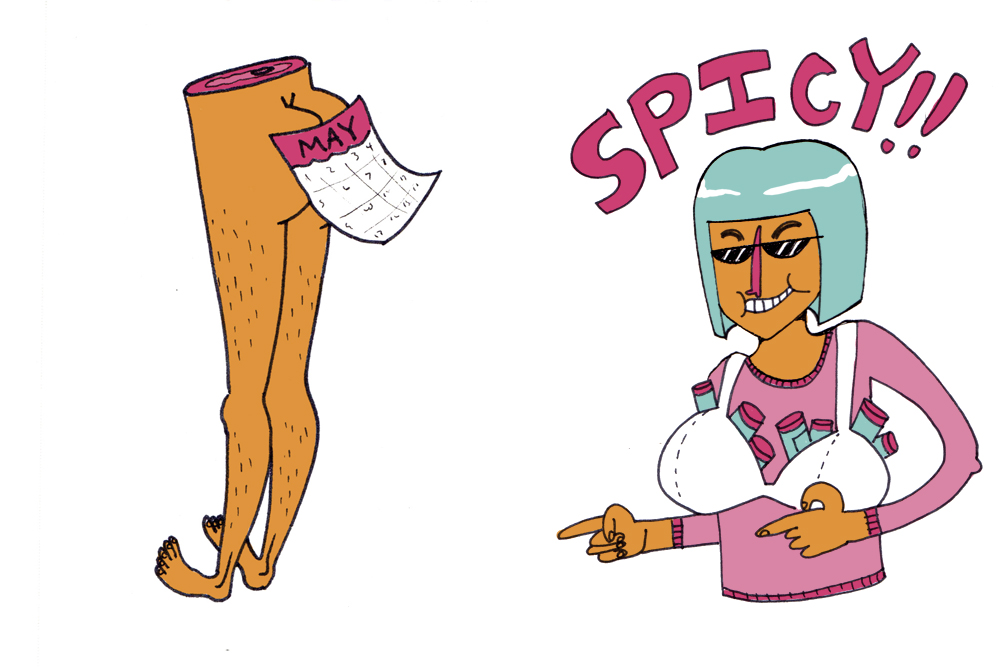They stand in the early morning cold. A line of beasts panting into the air, their breath is like the steam shooting up from a coffee maker. As they remain in their cramped rows, a few stamp and grind their feet, pounding the ground. They could stand like this for hours, and they have.
Shopping the American way
They stand in the early morning cold. A line of beasts panting into the air, their breath is like the steam shooting up from a coffee maker. As they remain in their cramped rows, a few stamp and grind their feet, pounding the ground. They could stand like this for hours, and they have. Then, at 6 a.m., the gates open and with a furious roar they flood out. It’s a stampede, with shoppers jumping over each other with no regard, trying to all fit through the entryway like icing forced out of a pastry bag.
This is the tradition, the way things have been for so long now on the day after Thanksgiving–the big sale. It’s Black Friday.
Is this American culture? We can look to periods within our history and find images that shape our view of America. The Revolutionary War where we turned great democratic thought into a reality, the Old Western frontier with its free spirit, the immigration boom and the character of working hard, the defeat of Hitler and the end the concentration camps–all are visions we like to promote to the world.
So when the world turns to look at us today, do they see the movie version old west mentality, perhaps the World War II heroes? Or do they see piles of people forcing their way through the door at Wal-Mart–visions of manifest greed?
However we have lived in the past, today the American way is clear: debt. In 2004, America went over $2 trillion in consumer debt for the first time in history. Since then it has only continued to rise at a frightening velocity. The onset of Black Friday, seemingly the start of the gift-giving season, shows what we as a culture value: buying things. Things to give, things to have and throw away, things just to simply buy. Our national pastime is now mass consumption–with the peak of the season in December.
This time of year has been held in a positive light: shopping is supposed to contribute to our economy. Stores will see record profits for the year, and other industries show jumps in income. What is not commonly reported is that debt around this time of year also hits dramatic highs. Not everyone can keep up with the sudden push for present purchases, and the credit card can seem to be a solution. What’s a little purchase here or there?
As each year passes by, the Christmas season is turning from a joyous time to a season that contributes to the burden of debt.
What this season has truly come to promote is the new American way of debt, greed and consumerism, with Black Friday as the day of commencement. Instead of forging a pastime of sports, or family-oriented occasions, we have constructed a new national tradition of consumption.
Black Friday to some may be a great day to gather potential profits, it may be a day to hit all the sales and seek out the best deals. However, underneath the surface, it is also a day to dig a bigger hole of debt, a day to exercise negative American practices of greed and voracity.
What does Black Friday say about our American culture? Take one look at the opening of a store on Black Friday, and you’ll get the answer.



